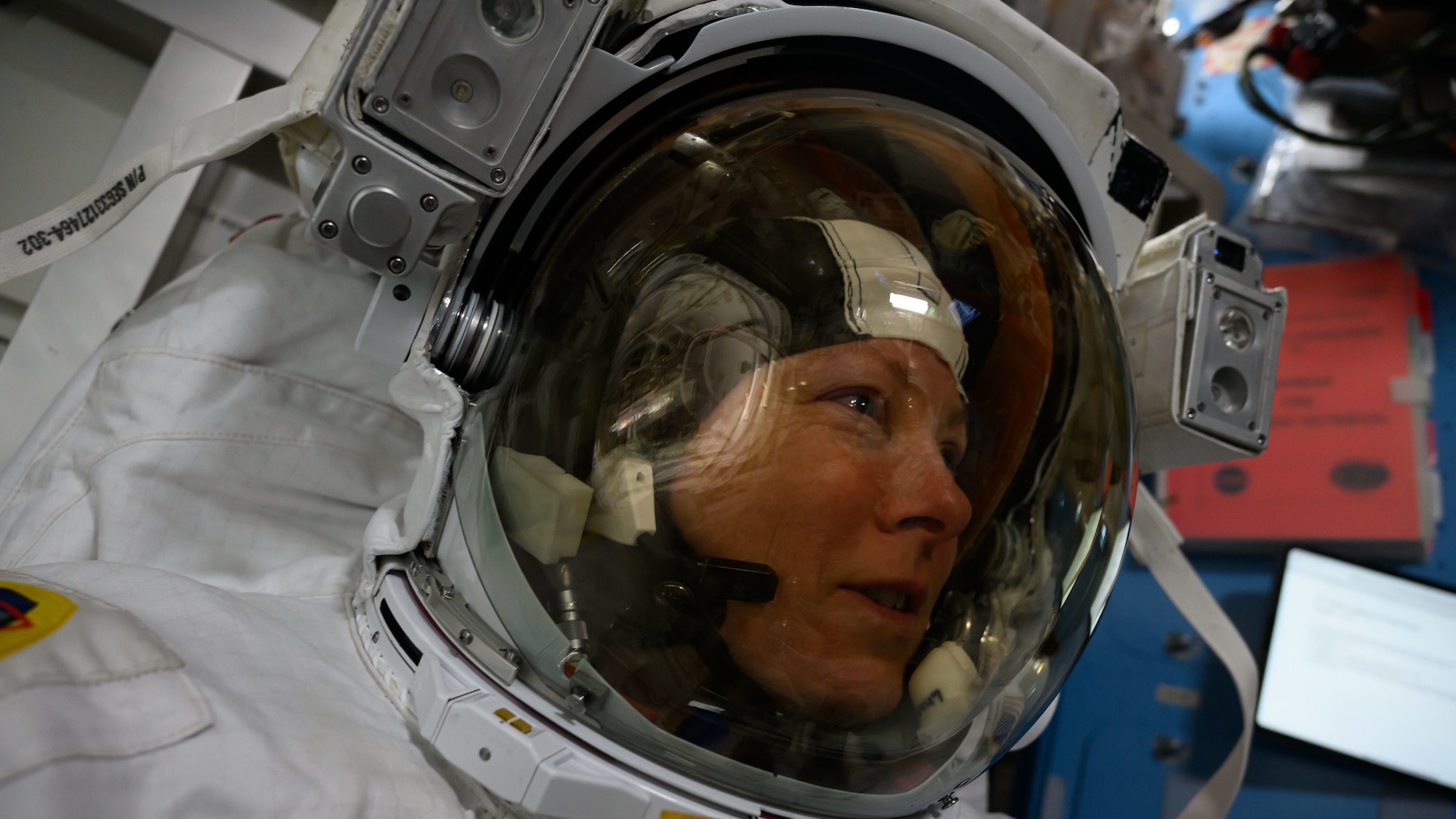

NASA’s aging spacesuits will likely need to remain in operation even longer than engineers and astronauts hoped. Just one day after the agency recalled an already delayed two person spacewalk due to a tubing leak, a spokesperson for Collins Aerospace confirmed on June 25 that the company and NASA “agreed to descope” plans on a new generation of International Space Station suits. First announced in 2022, the initial $97 million contract was intended to fund the development and testing of modernized Extravehicular Activity Services (xEVAS) equipment for ISS astronauts.
Collins, which still manages the current ISS spacesuits, offered positive public progress updates on its xEVAS prototype as recently as February. At the time, former NASA astronaut and Collins chief test astronaut Danny Olivas stated his “honest opinion is that it is a far more capable suit.” Although the company hasn’t provided an official reason, SpaceNews reported on Wednesday that unnamed sources blamed repeated delays and ballooning costs.
Only 18 NASA spacesuits are still operational after over 40 years of use, and new designs are needed if the agency hopes to continue orbital operations beyond the impending ISS retirement. NASA awarded a second contract in 2022 to Axiom Space to design the Artemis program suits ahead of astronauts’ return to the moon. SpaceX, meanwhile, is finishing its own EVA spacesuits that will be first used during Polaris Dawn, the first commercial spacewalk mission.
The bad news is only the latest in what is shaping up to be a bumpy summer for both NASA and the ISS. Although astronauts Butch Wilmore and Suni Williams finally arrived at the station on June 4 after piloting Boeing’s (much delayed) Starliner debut, they are now indefinitely stuck 250 miles above Earth while engineers figure out the best way to handle multiple leaks in capsule valves. Then, on June 13, a “spacesuit discomfort issue” forced NASA to postpone a scheduled two-person extravehicular activity (EVA). But barely 30 minutes into June 23’s spacewalk, mission control recalled flight engineers Tracy Dyson and Mike Barratt after detecting a water leak in Dyson’s cooling umbilical unit. The following day saw Collins Aerospace’s announcement.
Although Dyson and Barratt astronauts returned safely aboard the ISS, observers weren’t so sure on June 12. Less than 24 hours before their first spacewalk postponement, NASA broadcast audio during its regular ISS live stream detailing a “dire” decompression sickness emergency aboard the station. It would take nearly an hour-and-a-half before NASA announced the false alarm occurred after it accidentally aired a training exercise.
[Related: ‘Check his pulse one more time’: NASA accidentally airs ISS emergency test.]
Popular Science has reached out to NASA for comment.